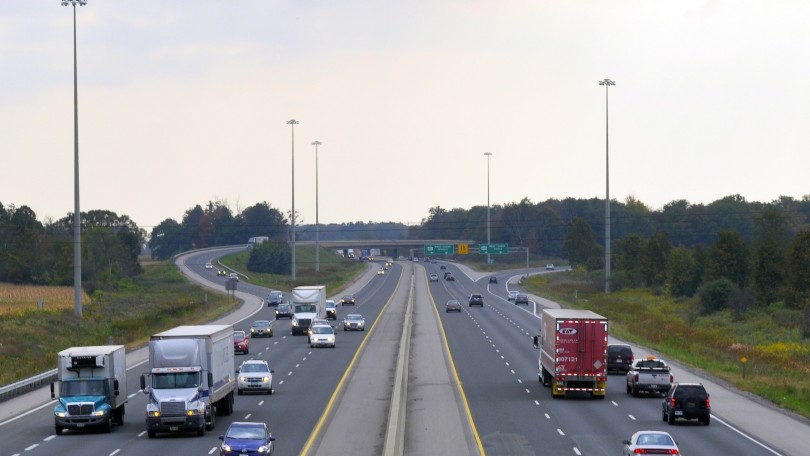Multi-year Highway Bill Facing Continued Uncertainties
Those who have hoped to see an end to the seemingly endless series of short-term extensions and looked forward to a pasage of the long- awaited multi-year transportation bill this year, may have to wait a bit longer. While the Senate has managed to pass its version of a six year bill (though only with enough funding for three years and employing questionable "pay fors.") the House Transportation and Infrastructure committee is still waiting to hear from the Ways and Means Committe concerning the funding of its proposed bill. This and other isues have delayed committee markup until the week of October 19 according to congressional sources. Both House and Senate transportation spokesmen have conceded that this will not leave enough time for floor action and for a negotiated House-Senate agreement on a multi-year bill by the end of October when the current extension expires.
In other words, expect another temporary "patch.".
Meanwhile, House Ways and Means Committe Chairman Paul Ryan has let it be known that the proposed international tax reform—and its tax on repatriated corporate earnings—should no longer be counted upon as a means of financing the House version of the six-year transportation bill. He and the Senate Democrats including Chuck Schumer (D-NY) remain far apart as to how to implement the tax reform. Another obstacle is the opposition of Senate Majority Leader Mitch McConnell, Finance Committee Chairman Orrin Hatch (R-UT) and other Republican senators who think a tax on repatriated corporate earnings is not an appropriate use of funds to bail out the Highway Trust Fund.
Ryan’s announcement means that his Ways and Mean Committee will have to resort to the so-called "pay fors" as a way to offset the spending. But coming up with six-years’ (or $90 billion) worth of pay-fors will be a monumental challenge. The Senate struggled to come up just with three years’ worth ($47 billion) of offsets.
Using pay-fors also will place the House tax writers in an awkward position, given the House leaders earlier criticism of the Senate’s use of this approach as "budget gimmickry." The gimmickry included such questionable methods as counting revenues and savings over 10 years to finance spending over three years; and using unrealistic assumptions as to the value of the offsets (e.g. estimating the revenue to be derived from a proposed sale of oil in the Strategic Petroleum Reserve at $89 par barrel or almost double the current market price.)
While the House may have no choice but to follow the Senate’s approch to justify the funding, it is not clear if it will acccept all of the Senate pay-fors. Nor is it clear just how big a funding package the Ways and Means Committee will be able to cobble together from other savings and offsets.
Fortunately—at least from Ryan’s perspective—the U.S. Department of Transportation announced on August 20 that the Highway Trust Fund is expected to remain solvent through the third quarter of Fiscal Year 2016. (www.transportation.gov/highway-trust-fund-ticker) . While Congress will still need to reauthorize the highway program by the end of October, the announcement takes the pressure off the lawmakers to reach agreement on a multi-year bill at this time.
Industry lobbyists speculate that Congress might be tempted to take full advantage of the extended Trust Fund solvency to push the deadline for action on the multi-year highway bill to the end of next summer—or possibly delay action beyond the 2016 presidential election and into the next Congress. With no sign of a resolution to the long-term funding problem in sight, and with the House leadership in disarray, those speculations may contain more than a grain of truth.
###
The NewsBriefs are regularly published at www.infrastructureUSA.org; They are occasionally posted on other websites, notably newgeography.com; www.heartland.org; and Sunshine State News (FL). A listing of all recent NewsBriefs can be found at www.innobriefs.com
— Posted on October 13, 2015 at 4:45 pm by Ann

